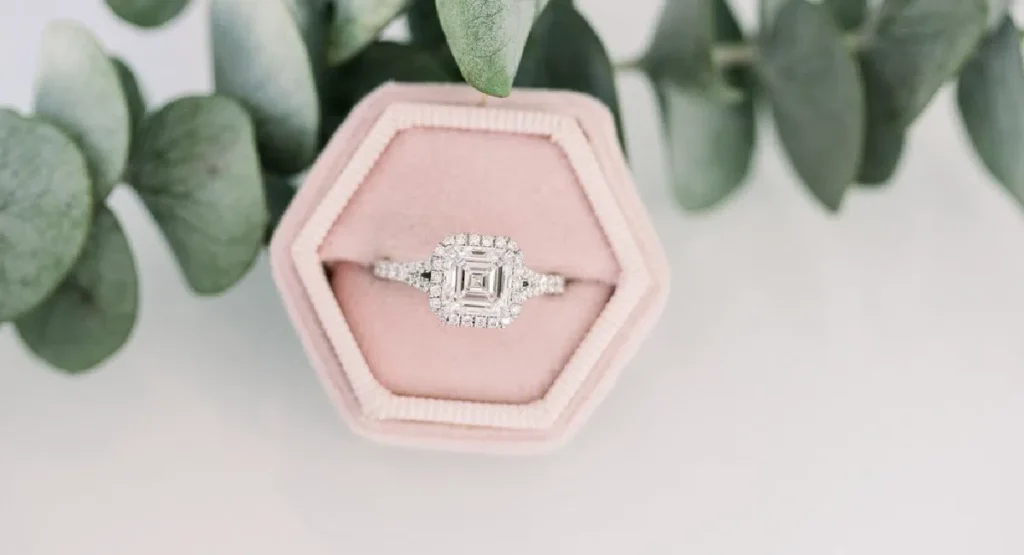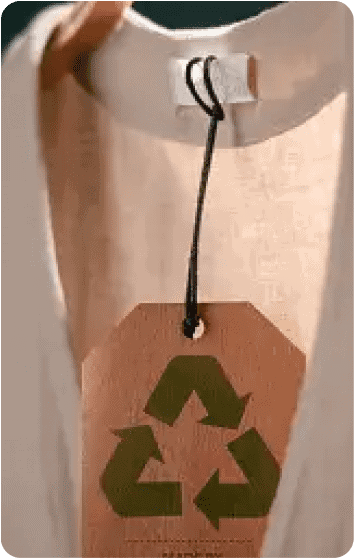Thinking about buying an engagement ring that is a little easier on the planet than the
average store option? There is more transparency and science behind these rings than
people think. Here are the facts without any guesswork.

Lab, Moissanite, and Recycled: The Bite-Size Facts
Lab-grown diamonds are not a fad. They make up between twelve and fifteen percent of all
diamond sales in 2025, according to industry reports. The difference in carbon output is not
small. Mined diamonds emit between 160 and 600 kilograms of carbon dioxide per carat.
Lab-grown stones come in at 20 to 40 kilograms per carat. Water use drops about ninety-
nine percent, with labs needing much less than the mining process.
Other stones are moving in. Moissanite is a lab-made stone with a higher refractive index
than diamonds, coming in at 2.65 compared to 2.42, for anyone who cares about the
sparkle. Moissanite also costs less, with a one-carat stone often priced at three to six
hundred dollars. The moissanite market stands at nearly fifty million dollars in 2024,
growing at around eight percent each year. Labs that produce moissanite have shut systems
that recycle seventy percent of their water, which cuts waste from the start.
Recycled gold is in demand now that people know more about how gold mining affects
water and air. New gold mining puts out over thirty-six thousand grams of carbon dioxide
per gram of gold. Recycled gold emits only about fifty-three grams. Over thirty percent of
the gold in jewelry comes from recycled sources, which helps cut mining demand.
Materials That Actually Make a Difference
When looking for rings that are easier on the planet, the basics are worth knowing. Recycled
gold and platinum cut down on environmental costs, as pulling these metals from old
jewelry is less wasteful than extracting new ore. Ethical brands often highlight if their
metals are sourced from responsible refineries.
For stones, people often pick sapphires, moissanite, or rings made with pre-owned gems.
Lab-grown diamonds are also on the list. While moissanite and sapphires skip diamond
mining altogether, lab grown diamonds avoid the pollution and conflict issues tied to
traditional stones. Each option has its pros, but all move the needle away from more
damage.

What People Want: Who is Buying These Rings
People in their twenties and thirties are paying attention to ethics. Over forty percent now
ask jewelers about materials and supply traceability before spending their money. They are
willing to pay fifteen to twenty percent more if it means something is certified as being
made with care. Seventy-four percent of buyers looking for eco-friendly rings say the planet
is their top concern. People buying for themselves or someone else now often ask about
how the brand treats workers and discloses its sources.
In Asia-Pacific, especially in India and China, demand for lab rings is at an all-time high.
Over fourteen percent market growth in these countries is led by retailers with billions in
sales. In these markets, new wedding ring buyers have increased twofold for ethical pieces
since 2022.
Certifications, Tech, and What’s Actually New
It can be easy to trust labels, but only some eco-friendly claims hold up. About twenty-two
percent of brands labeled as sustainable use metals that are not fully traceable. Third-party
audits like SCS-007 and RJC now cover thirty-eight percent of all ethical jewelry brands,
which is up from twelve percent in 2020. Certifications that people actually check for
include Responsible Jewellery Council, SCS-007, and others tied to traceable sourcing.
AI-powered grading now filters out human error in lab-grown diamonds. Systems reach
above ninety-eight percent accuracy and lower flawed batches by around forty percent
compared to before. Blockchain tracking now verifies gemstone sources in seventeen
percent of responsible jewelry lines. That lets buyers check where their future ring came
from from start to finish.
Custom engagement rings are on the rise. Around forty-one percent of sales for some
brands now involve buyers choosing their own mix of recycled metals or lab stones. About
sixty-three percent pick unconventional options like salt-and-pepper diamonds or colored
moissanite stones.
Money, Brands, and Honesty
Pricing is no longer as misleading. Lab-grown one-carat stones cost about twelve hundred
dollars compared to sixty-five hundred for similar mined diamonds. Moissanite runs three
hundred to six hundred for a similar size. Brands combine these stones with recycled gold,
starting just under a thousand dollars. Sales of responsible rings have jumped by sixty-three
percent over the past three years. Big retailers are seeing growth, but smaller brands using
local labor and recycled materials are cutting carbon emissions by nearly half compared to
what bigger factories put out.
Companies like COLUXE, Plum Diamonds, and Valerie Madison are leading the field,
especially with young adults. Some even fund clean water projects with each purchase.
Solar-powered production is starting to catch on, dropping factory emissions by up to
eighty percent where fully in place.
What You Should Check Before Buying
Not everything with an “eco” label actually protects the planet. Over half of lab-diamond
factories still use regular grid power, which can undercut climate gains. About sixty-eight
percent of buyers confuse recycled gold with newly processed gold from mines. Ask what
type of gold it is. Look for trusted third-party marks, read energy use stats if listed, and ask
about the supply origin in plain language.
Durability is still a main concern. Eighty-three percent of those surveyed say they want a
ring to last. Moissanite has a higher hardness than sapphires or emeralds, lasting through
years of daily wear.
Focus on science, certification, and brand honesty. Ask hard questions at the jeweler. That’s
the only way the “eco” label can mean anything at all.







